Leading German design practice, Studio 7.5, talked to David Harrison about the soon to be released Mirra 2 – a new and improved version of their hugely successful, Mirra office chair.
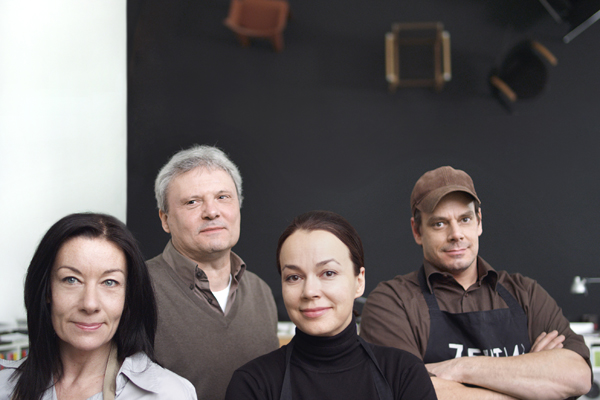
August 14th, 2013
Once you discover that Studio 7.5 named their practice after the tonnage of a truck they once hired, you begin to get an inkling of how differently this Berlin based studio approaches its work.

Formed in 1992 by Burkhard Schmitz, Claudia Plikat, Carola Zwick, the studio now includes Carola’s brother, Roland Zwick. They may not be the most high profile design group around but they are certainly one of an elite few to have sold over 1.5 million of one single chair design.
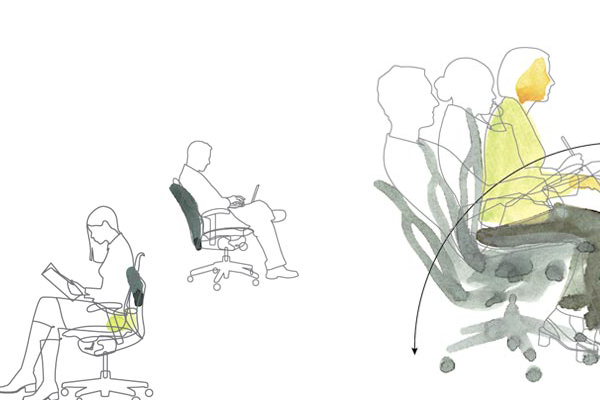
Opposite to the popular notion of robotic German efficiency, the studio prefers to work in a more collaborative and hands-on way, in one open plan room that they jokingly refer to as their “Town Hall” because of its size. The studio also prototypes its own designs in the same large open space. “If you are a team of four designers with some interns and freelance designers, you cannot promote an idea with a drawing – it doesn’t work. For us it’s always about demonstrating a thing in 3D. A chair is the closest thing to an item of clothing because of the amount of contact it has with the body – so you obviously want to test-ride it. This leads to a lot of welding and heavy duty prototyping”, says Carola Zwick.
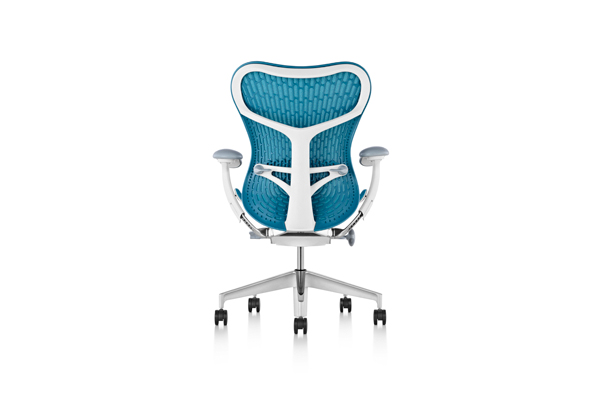
Studio 7.5 prides itself in perfecting the technical detailing and production solutions in-house. According to their CAD expert, Burkhard Schmitz, “We don’t hand it over until it’s over” – meaning until every last detail is resolved, right down to the workflow on the assembly line.
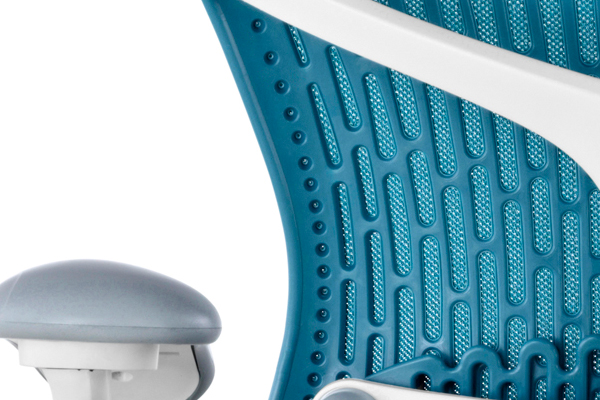
When Studio 7.5 contacted Herman Miller with a proposal to rework their highly successful ‘Mirra’ chair released in 2003, they were met with an understandably baffled reply: “A refresh for 20 million dollars? It’s not going to happen. Don’t you want to create something completely new?” However, the idea of newness for the sake of it is definitely not Studio 7.5’s style. “We started experimenting with the next level of ‘Mirra’ back in 2008. We had a wish list of items that we had fought for during the making of the original Mirra chair that we weren’t able to incorporate at the time because of technology constraints. Eventually we convinced Herman Miller that it would be worth the huge investment and they have completely retooled to make the new version”.

As a consequence, what to many was a near perfect general office chair, has now been completely redesigned over a five year period. Mirra 2 uses 28% less materials, is 22% lighter, yet supports nearly 23 kilos more weight. It is definitely more comfortable and far more beautiful from every angle. In the wise words of Burkhard Schmitz, “Revolution is overrated. Evolution is a very sensible principle”.
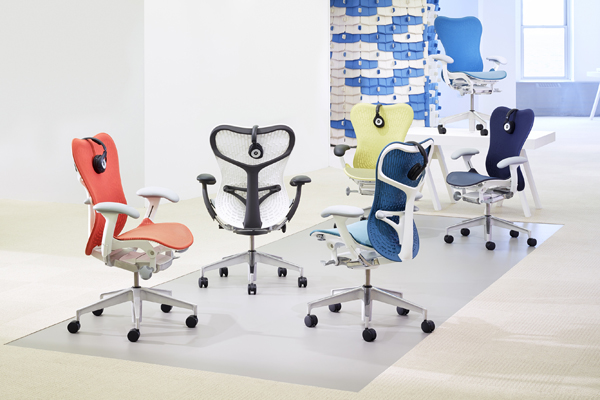
With the enlightened support of Herman Miller, Studio 7.5 has produced a better, more efficient chair that uses less material than it’s predecessor yet remains nearly 100 % recyclable. Now that’s progress!
Studio 7.5’s Mirra2 will be launched in Australia at Sydney Indesign this August. Visit Herman Miller at Galleria to experience the difference.
Studio 7.5
INDESIGN is on instagram
Follow @indesignlive
A searchable and comprehensive guide for specifying leading products and their suppliers
Keep up to date with the latest and greatest from our industry BFF's!

BLANCOCULINA-S II Sensor promotes water efficiency and reduces waste, representing a leap forward in faucet technology.

Within the intimate confines of compact living, where space is at a premium, efficiency is critical and dining out often trumps home cooking, Gaggenau’s 400 Series Culinary Drawer proves that limited space can, in fact, unlock unlimited culinary possibilities.

In this candid interview, the culinary mastermind behind Singapore’s Nouri and Appetite talks about food as an act of human connection that transcends borders and accolades, the crucial role of technology in preserving its unifying power, and finding a kindred spirit in Gaggenau’s reverence for tradition and relentless pursuit of innovation.

In design, the concept of absence is particularly powerful – it’s the abundant potential of deliberate non-presence that amplifies the impact of what is. And it is this realm of sophisticated subtraction that Gaggenau’s Dishwasher 400 Series so generously – and quietly – occupies.

In this whitepaper, Alspec takes a look at changes made to Section J of the 2019 National Construction Code for Windows and Doors, setting out how these changes impact specification and building design.
The design community turned out in force to celebrate Artek’s 75th Anniversary, hosted by Anibou at their Sydney Showroom.
The internet never sleeps! Here's the stuff you might have missed

Turning unassuming details into a thoughtful design moment, hardware from the Hemispheres by Bankston + Civilian collaboration extends from the joinery at the CIVILIAN Office.

We spoke to the Belgian architect about his work ‘Optô,’ which was on display as part of the exhibition ‘Poetica’ by WonderGlass at Milan Design Week 2025.
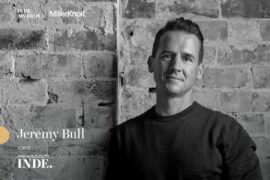
Jeremy Bull, Principal of Alexander &Co., brings a deeply personal and human-centred approach to architecture and design. In this Speaking Out! interview for the 2025 INDE.Awards, supported by MillerKnoll, Jeremy reflects on his practice’s evolution, his childhood influences and the creation of Alexander House – a project that redefined the idea of a modern workplace.